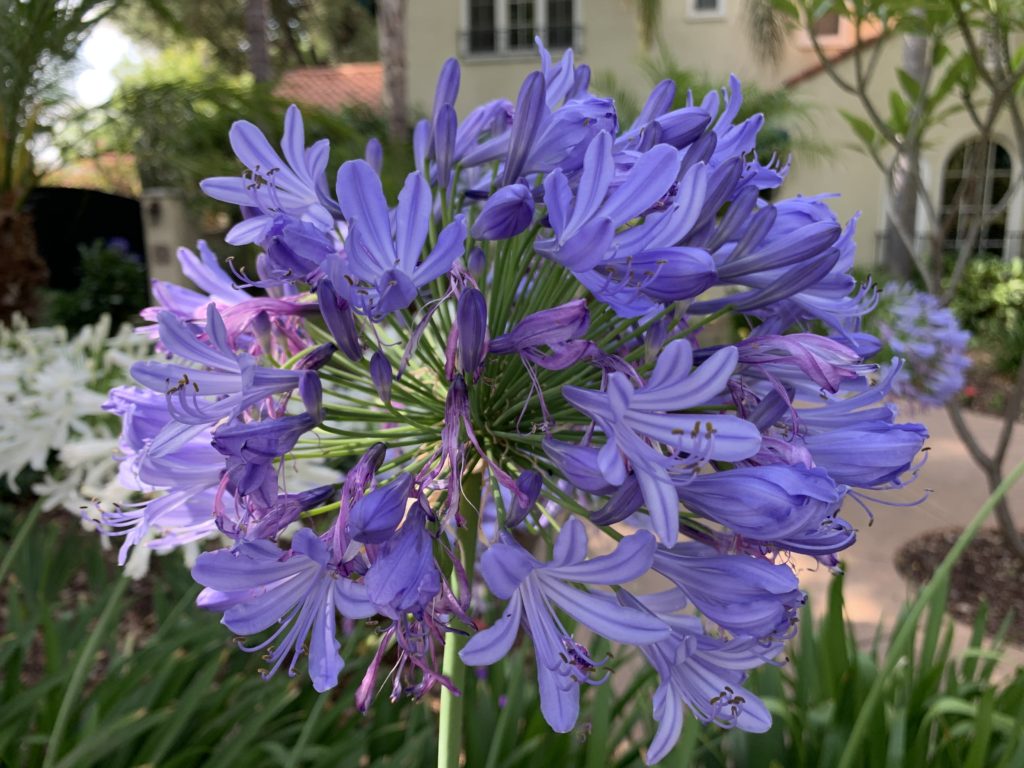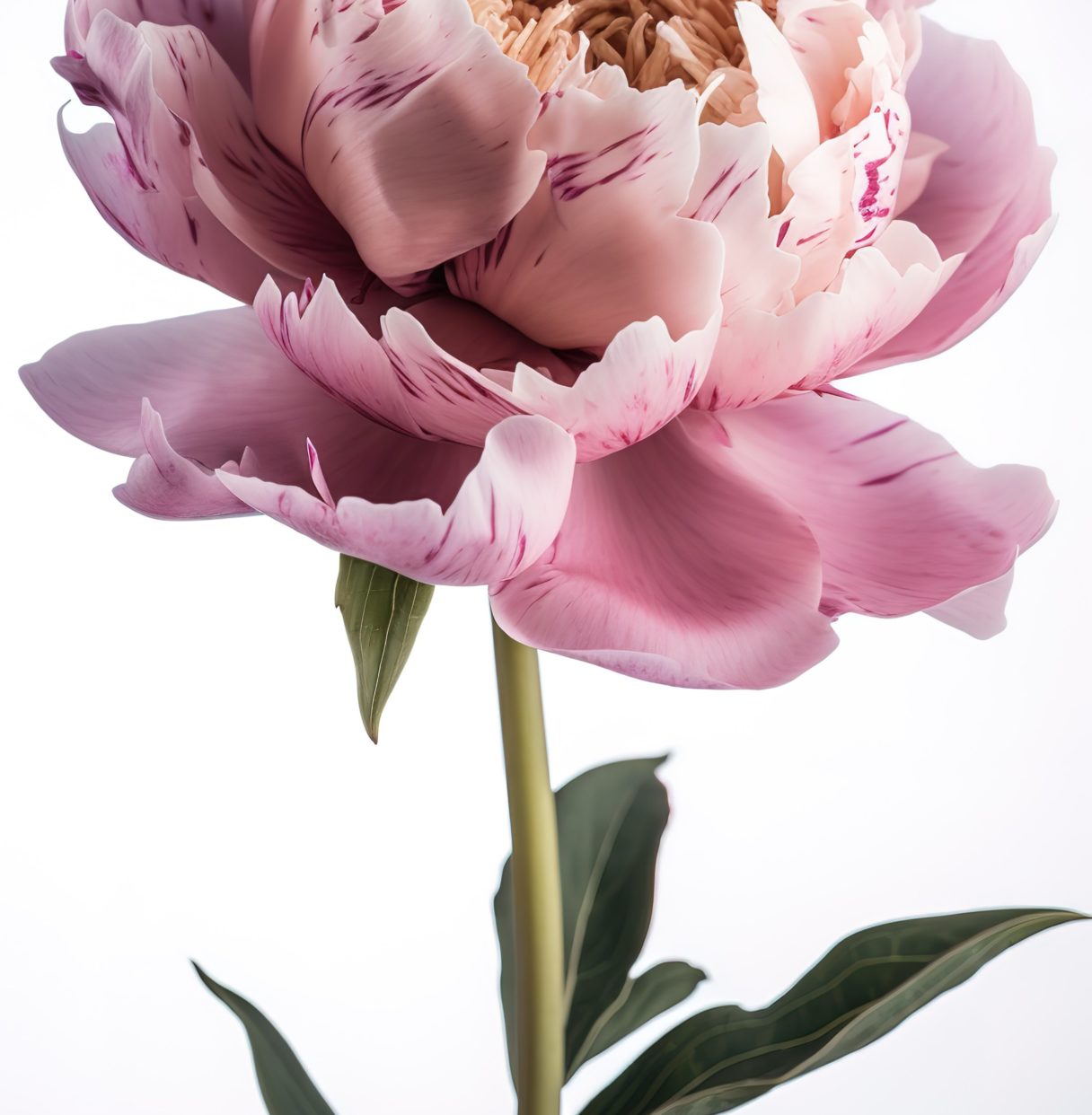Gardens are often seen as an extension of the home, providing an outdoor space to relax and recharge. For discerning homeowners looking to create a high-end gardening space, it is important to consider not only aesthetics, but also functionality and durability. May is one of the most anticipated times of the year for gardening enthusiasts. Temperatures are rising, the days are longer, and plants are blooming in abundance. It’s the perfect time to plant new flowers and renew your outdoor space. If you’re looking for ideas to spruce up your garden in May, here are some suggestions for flowers to plant.
Agapanthus
Agapanthus is a very popular flowering plant in gardens. It is native to South Africa and belongs to the Amaryllidaceae family. The plant is prized for its beautiful flowers, which can be white, blue or purple.
To plant agapanthus in your garden, you should choose a sunny and well-drained location. This plant does not like standing moisture and can be susceptible to winter frosts. The soil should be fertile and rich in organic matter. Dig a planting hole twice the size of the plant’s root ball. Add compost and organic fertilizer to the bottom of the hole. Place the plant in the hole and fill it with a mixture of soil and compost. Pack the soil lightly and water thoroughly.
It is recommended to plant agapanthus in groups for a spectacular effect. This plant can also be grown in a pot, but it is important to choose a large pot to allow the roots to develop. Agapanthus is a plant that requires regular maintenance to develop properly. It is important to prune it after flowering to prevent the stems from drooping and to protect it from insects and common diseases. It is recommended to water agapanthus regularly in summer and to protect it from frost in winter.
Anemone
The anemone is a beautiful flower that brings color and elegance to any garden. It is available in a wide variety of colors, including red, pink, white, blue, and purple, and usually blooms in spring and summer. Although it is often grown outdoors, it can also be planted indoors as a houseplant. There are many varieties of anemones, each with its own characteristics. Japanese anemones have large, brightly colored flowers, while bland anemones have small, delicate flowers. Caen anemones are available in a wide variety of colors, including red, pink, white and purple.
Anemones should be planted in well-drained, fertile soil. The soil should be slightly acidic, with a pH between 6.0 and 7.0. If your soil is poor, add compost or organic fertilizer to improve the soil quality. Anemones prefer bright locations but should be protected from direct sunlight. You can plant anemones from seed or bulbs. The bulbs should be planted about 5 cm deep in the soil, with the pointed end upwards. Space the bulbs about 10-15 cm apart. If you are planting the anemones from seed, sow them on the surface of the soil and cover them lightly with soil. These flowers need regular watering, especially during dry periods. It is important not to overwater the plants as they can be susceptible to root rot. During the growing season, you can fertilize the plants every fortnight with a balanced fertilizer. It is also important to prune the anemones after flowering. Cut the stems of faded flowers to encourage the plant to produce new flowers. You can also trim back dead or damaged leaves to improve the appearance of the plant.


Nasturtium
Nasturtiums are very popular annual flowers for their beauty and ease of care. They are very popular for their abundant flowering and diversity of colors. Nasturtiums are also an edible plant, with leaves and flowers that are often used in cooking.
They grow well in well-drained, fertile soil. They prefer a sunny or partially shaded spot. Planting is usually done in spring, after the last frost. It is important to water the plant well after planting to ensure that the roots take hold in the soil. Nasturtiums can be planted from seed or from seedlings. If planting from seed, you can sow directly into the soil or into pots. The seeds should be buried about 2 cm deep. If you use seedlings, you can transplant them into the soil or into pots. Nasturtiums are an easy plant to care for. They need regular watering to keep the soil moist. It is important not to overwater as this can lead to root rot. It is also important to remove spent flowers to encourage continued flowering. You can also prune the plants to keep them compact and prevent them from becoming too large and invasive.
Chrysanthemum
The Chrysanthemum is a beautiful plant that comes in many colors, shapes, and sizes. It originates from Asia and is widely cultivated for its autumn flowers. If you are looking for a flowering plant that will bloom in autumn, Chrysanthemums are an excellent choice.
Chrysanthemums are easy to grow and can be planted in spring or autumn. It is important to choose a sunny spot with well-drained soil. Dig a hole twice the size of the plant’s root ball and add some compost to improve the soil quality. Place the plant in the hole and fill it with soil. Pack the soil lightly around the plant and water it thoroughly. This flower needs regular watering to develop properly. However, avoid watering too often or letting the water stagnate, as this can lead to fungal diseases. It is also recommended to add a flowering plant fertilizer once a month to stimulate growth and flowering. Prune back wilted stems to encourage continued flowering. You can also pinch off the ends of new stems to encourage the formation of new branches and more flowers. If you don’t have much space in your garden, Chrysanthemums can also be grown in pots. Choose a pot with good drainage and fill it with potting soil for flowering plants. Place the plant in the pot and lightly pack the soil around the plant. Water the plant thoroughly and place it in a sunny spot. Remember to water regularly and add flowering plant fertilizer.
Ipomoea
If you are looking for a flower to brighten up your garden, the Ipomoea is an excellent choice. This climbing plant offers an explosion of color from white to purple, pink, red and orange. It is also easy to grow and requires little maintenance. In addition to its brilliant colors, the Ipomoea has several advantages for your garden. It can quickly cover a wall or fence, creating a warm and welcoming atmosphere. It also attracts butterflies and hummingbirds, adding life and color to your garden.
Ipomoea can be planted from seed or cuttings. Seeds should be sown indoors or in a greenhouse before the last frost, while cuttings can be taken from mature plants. Once the risk of frost has passed, the plants can be transplanted outdoors. To plant the Ipomoea, choose a sunny spot with well-drained soil. Dig a hole twice as wide as the root ball and add compost or organic fertilizer to enrich the soil. Place the root ball in the hole and cover it with soil. Ipomoea is an easy to care for plant. It needs regular watering but avoid overwatering as it is susceptible to root rot. If you use fertilizer, choose a balanced flowering plant fertilizer and apply it every month during the growing season.

